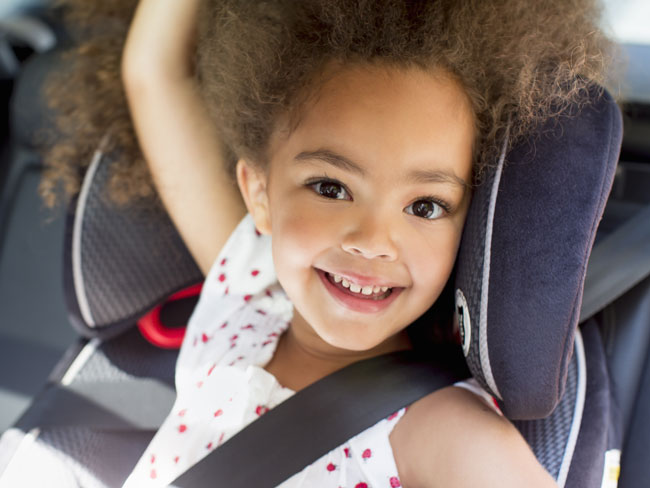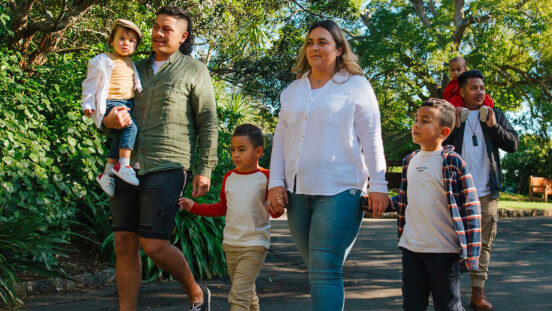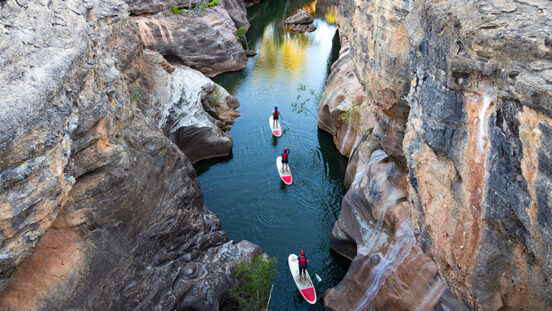Ultimate guide to car seat safety laws

Your toddler thinks they’re ready for a booster seat and your preschooler wants to sit in the front, but do you really know what’s OK and when?
Australian car seat safety laws are among the strictest in the world and undeniably complex, varying significantly from one State to the next. No wonder so many parents find it hard to keep track of the guidelines.
The good news is that in recent times our car seat laws have become more nationally streamlined and, hopefully, this means they should be easier to understand.
Here's our quick-and-easy run down on the who, what and where of car seats for children of all ages and stages.
FROM BIRTH TO SIX MONTHS
• Children up to the age of six months must use an approved rearward-facing car restraint (capsule) that has an in-built five- or six-point harness system and is secured to the vehicle using a lap-sash seatbelt and top tether strap attached to an anchor point.
• This backward-facing capsule should be positioned in the back seat, not front. If the car has only one row of seats (like a ute), the infant restraint can only be used if the passenger airbag is disengaged and there is an anchorage point for the tether strap.
FROM SIX MONTHS TO FOUR YEARS
• After the age of six months, children may use either a rearward-facing or a forward-facing car seat incorporating a harness and held in place by a seatbelt and top tether strap.
• While it's legal to have your six-month-old bubs facing forward, most safety groups (such as Kidsafe) recommend keeping them rear-facing as long as possible and until they physically outgrow the seat, as it's the safest position of all.
• Once they've outgrown their rear-facing restraint, the next safest option is a forward-facing seat with a built-in harness and top tether strap until they reach at least four (although, again it's recommended they stay in a harness-style seat until they outgrow it).
• Children in this age bracket must not travel in the front seat of a vehicle if it has two or more rows of seats. If it has one row, the same rules apply as for the 'Up to Six Months' category above.
FROM FOUR TO SEVEN YEARS
• Children in this age bracket may use either a forward-facing child seat with inbuilt harness (attached as per above) or an approved high-back booster seat with a lap-sash seatbelt or harness.
• Cushion booster seats (with no head or side impact protection) are no longer manufactured in Australia and were removed from the Safety Standards in 2010. However they are legal to use and it's best to put them in the middle position as this offers less risk of side impact.
•Seat position. Children between four and seven years of age may only sit in the front row of a vehicle with two or more rows if all other back seats are filled with children of lesser ages.
• If an approved booster seat has a tether strap, this must be attached to the car's anchor point and should use a lap-sash seatbelt if possible.
SEVEN YEARS AND UP
• Children aged seven years and older may use either an approved high-back booster seat with harness or lap-sash seatbelt or an adult seatbelt (preferable lap-sash).
• Regardless of age, if a child still fits into a booster seat, it's recommended that they stay in it until they've physically outgrown it and fit properly into an adult seatbelt.
• To check if they are ready to move out of a booster, take the Kidsafe five-step test.
• Children aged 12 years and under are always safest in the rear seats of the vehicle.
• Seat belts should never be used with the sash section under the child's arm or behind their back, whether used alone or with a booster seat.
CHOOSING A RESTRAINT
There is a great resource called The Child Restraint Evaluation Program (CREP), which is a consortium of government agencies and motoring organisations that provides guidance and support about how to choose the safest restraint for your child.
Visit the CREP site to see how various child restraints and booster seats have rated, according to how well they protect your child in a crash and how easy they are to use.
ALL EYES ON ISOFIX
With research by the RACV showing that 70 percent of our current belt-and-tether seats are incorrectly installed, it's a good thing that the ISOfix system has finally been approved for use in Australia. A similar survey in the UK found that 98 percent of ISOfix child seats WERE correctly installed.
ISOfix car seats were approved in mid-2013 by Australian Standards, more than 16 years after they were introduced in Europe and after 11 years of being in North America.
ISOfix is an international installation standard for fixing a car seat to a vehicle without the use of a seatbelt. Instead it uses a latching system with rigid hooks at the base of the rear car seats to connect the child seat directly to the car's structure.
The attachment points have been on imported cars in our country for the past 10 years but it has been illegal to use privately imported ISOfix child seats because they were not approved by Australian authorities.
Unlike most overseas ISOfix systems, Australian Standards will still require the use of top tether straps, in addition to the mechanism for attaching the seat to the car at its base.
Release of ISOfix seats in Australia to the retail market is expected mid-2014 following final governmental approval.
Further information
The National Guidelines for the Safe Restraint of Children Travelling in Motor Vehicles have been developed by Neuroscience Research Australia (NeuRA) and Kidsafe: The Child Accident Prevention Foundation of Australia.
The National Guidelines provide best practice recommendations that have been approved by the National Health and Medical Research Council (NHMRC).




